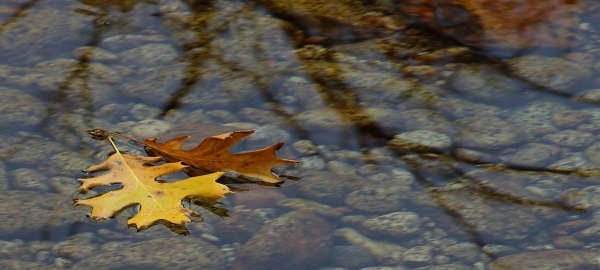
| Streams |
|
|
- What is the Streams Project?
The Streams Project is an effort by VT EPSCoR to collect long-term, high-quality data on streams in the Lake Champlain
basin and beyond. These data are used in combination with many existing data sets in a Complex Systems Modeling effort
to understand how the watershed works and to find solutions to the pollution in our waterways.
- How is it done?
The Project sponsors and coordinates high school students, teachers, undergraduates, and faculty to research the
relationships among land use patterns, precipitation, and stream water quality. Participants collect year-round data
on indicators of water quality - phosphorus, macroinvertebrates and bacteria - in streams. These data are entered online
and available for use by the students, EPSCoR researchers and others.
All participants attend a one-week training session led by University of Vermont and Saint Michael's College each June.
Thereafter, they work regularly with mentors and staff to carry out their research and may attend additional training workshops
throughout the academic year. Each spring, participants convene at a symposium to present their research.
- Importance
Many efforts have documented the rise in phosphorus, bacterial and other pollution entering the lake and their effects
on water quality, but a means of combining all these data in order to find strategic solutions to the pollution problems
is badly needed. Our Complex Systems Modeling effort builds the technological capacity needed to address the complex issues
threatening Lake Champlain. The Streams Project provides valuable data to this effort while training members of our future
workforce on how to tackle these types of problems.
- Outcome
The outcomes of these efforts are many - we build the capacity of Complex Systems Modeling techniques to address complex
problems that affect Vermont; we create a watershed-wide stream water dataset; students around the state get an educational
and hands-on experience of Lake Champlain and its tributaries; and we help to build a community focused on keeping our watershed
healthy.
|
|
|
|
|




